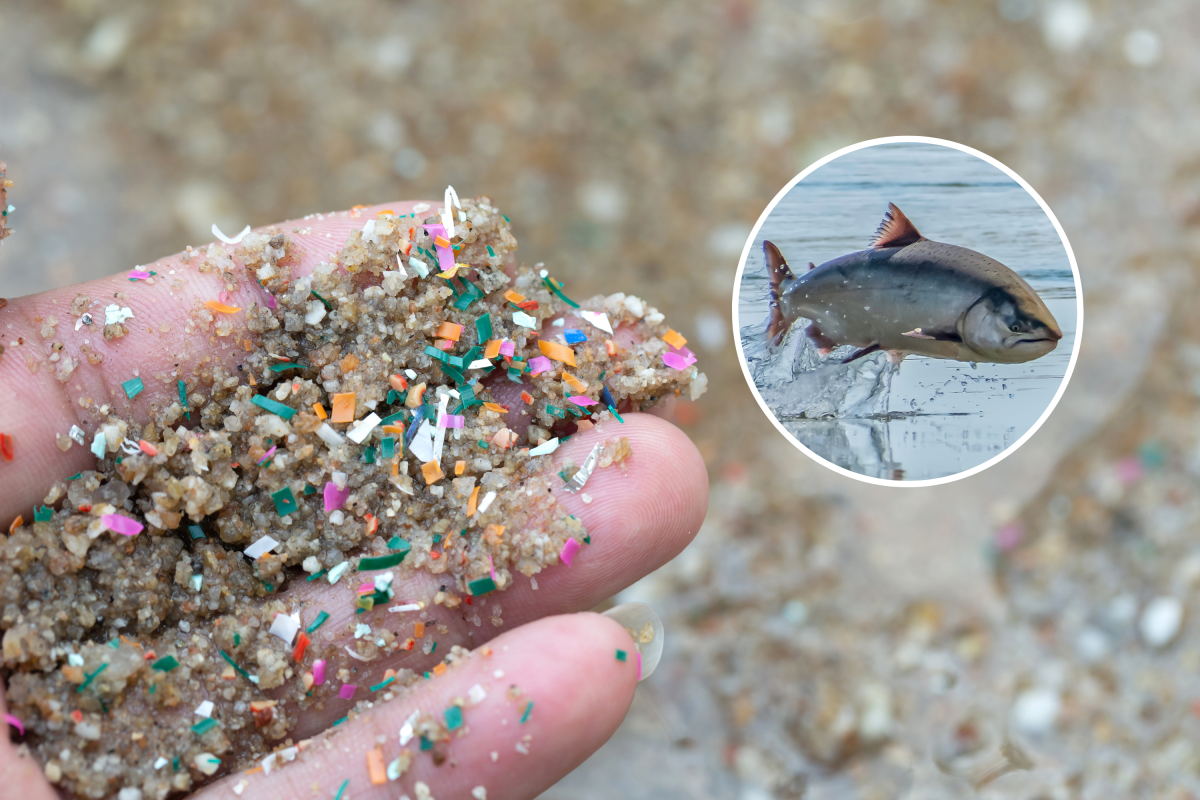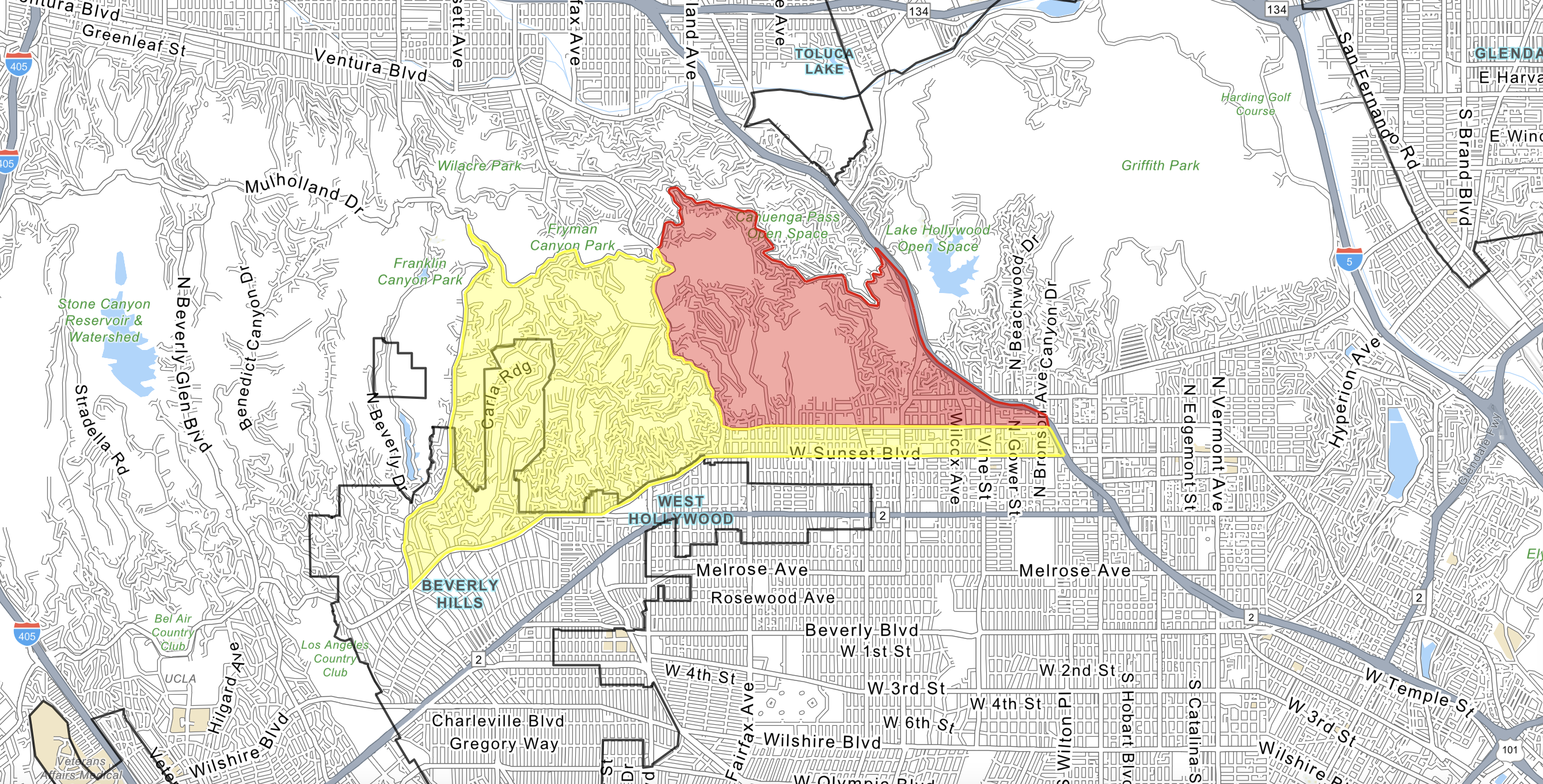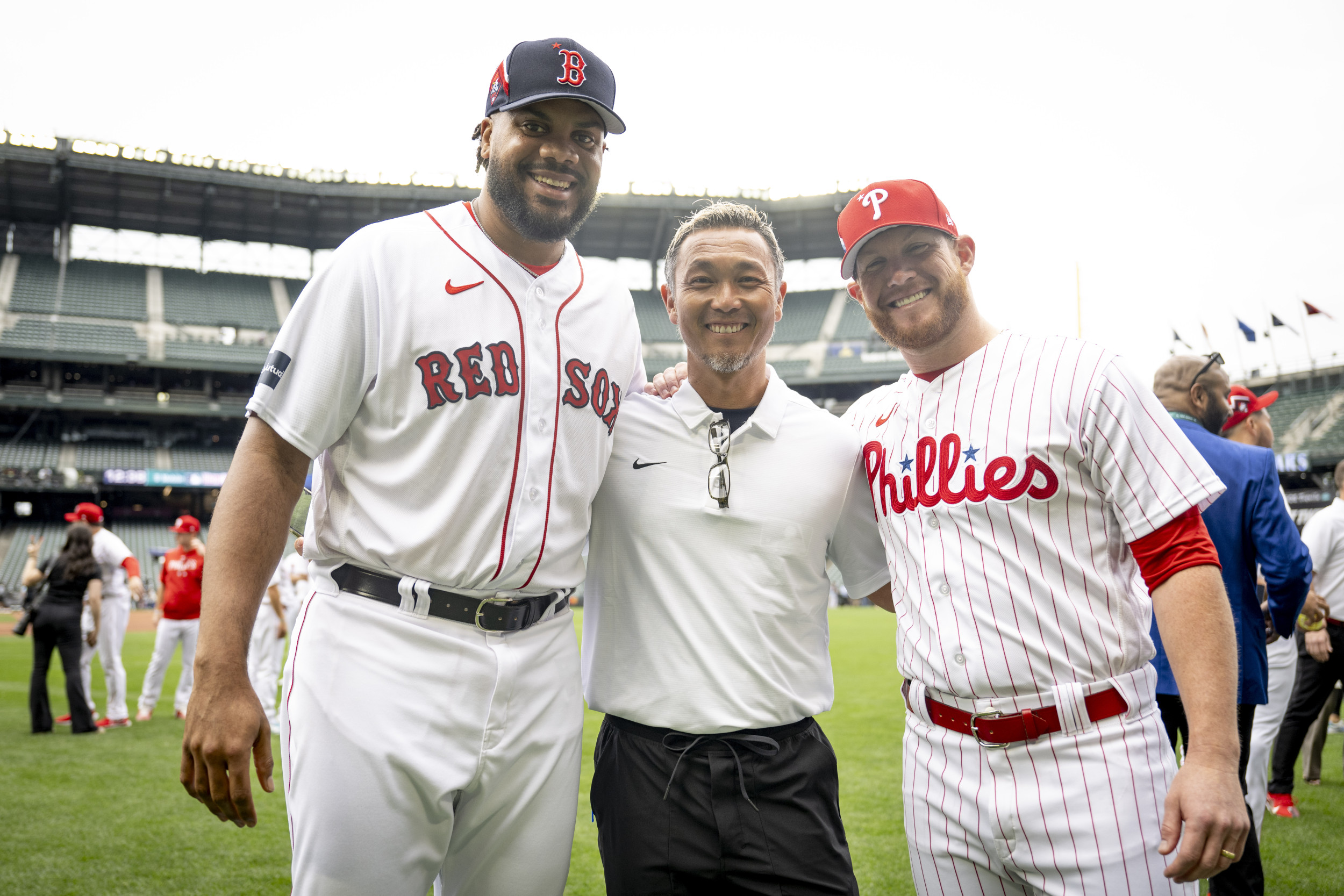Microplastics and other human-made particles are widespread in the seafood that we eat and could be damaging our health.
A recent study by scientists at Portland State University (PSU)'s Applied Coastal Ecology Lab investigated particle pollution in nine species of seafood in Oregon.
"If we are disposing of an utilizing products that release microplastics, those microplastics make their way into the environment, and are taken up by things we eat," said study author Professor Elise Granek, environmental scientist at PSU, in a statement. "What we put out into the environment ends up back on our plates."
Microplastics are tiny pieces of plastic, smaller than 0.2 inches in length, that break away from larger pieces as items degrade.
Studies have linked microplastics to chemicals that can disrupt our hormones and increase the risk of certain cancers.
And scientists have found that very small pieces of plastic—called micro-nanoplastics—can get into our cells and interact with our mitochondria and DNA, again raising the risk of some cancers.

But the PSU scientists in this study focused not only on microplastics but on "anthropogenic particles," meaning tiny pieces of materials that had been made or modified by humans, such as microplastics or textile fragments.
They counted how many of these particles were found in black rockfish, lingcod, chinook salmon, pacific herring, pacific lamprey and pink shrimp: all important seafood species in Oregon.
They compared the effects of the species' place in the food chain and where the seafood was sourced from, whether directly from a fishing boat or from a store.
Out of 182 samples of seafood, 180 of them were polluted with anthropogenic particles. In total, the scientists found 1,806 pieces of these particles in the fish and shrimp.
Fibers from synthetic clothing made up 82 percent of the particles they found; 17 percent were microplastic fragments and 0.7 percent were from films.
The highest concentrations of these particles were found in pink shrimp, which filter-feed right below the surface of the water.
"We found that the smaller organisms that we sampled seem to be ingesting more anthropogenic, non-nutritious particles," said Granek. "Shrimp and small fish, like herring, are eating smaller food items like zooplankton.
"Other studies have found high concentrations of plastics in the area in which zooplankton accumulate, and these anthropogenic particles may resemble zooplankton and thus be taken up for animals that feed on zooplankton."
Chinook salmon had the lowest concentrations, followed by black rockfish and lingcod.
However, in lingcod, fish that had been purchased in stores contained more particles than those retrieved straight from a fishing boat, suggesting it became even more contaminated on its journey from the water to the shelf.
These particles were found in the edible muscle tissues of the seafood, suggesting the microplastics and microfibers traveled from the digestive system to other places in the body.
"It's very concerning that microfibers appear to move from the gut into other tissues such as muscle," said study author Associate Professor Susanne Brander, ecotoxicologist at Oregon State University's College of Agricultural Sciences, in a statement. "This has wide implications for other organisms, potentially including humans too."
The scientists did not conclude that people should avoid seafood, saying that microplastics are everywhere in our environment and cannot be avoided.
Instead, they called for new strategies to be found to stop pollution, especially from microfibers, from entering waters and disrupting marine ecosystems.
The team is now working on a new project which will focus on ways to tackle this problem.
This study was published in scientific journal Frontiers in Toxicology in December 2024.
Do you have a tip on a food story that Newsweek should be covering? Is there a nutrition concern that's worrying you? Let us know via science@newsweek.com. We can ask experts for advice, and your story could be featured in Newsweek.
Reference
Traylor, S. D., Granek, E. F., Duncan, M., Brander, S. M. (2024). From the ocean to our kitchen table: anthropogenic particles in the edible tissue of U.S. West Coast seafood species, Frontiers of Toxicology, 6. https://doi.org/10.3389/ftox.2024.1469995




















 English (US) ·
English (US) ·